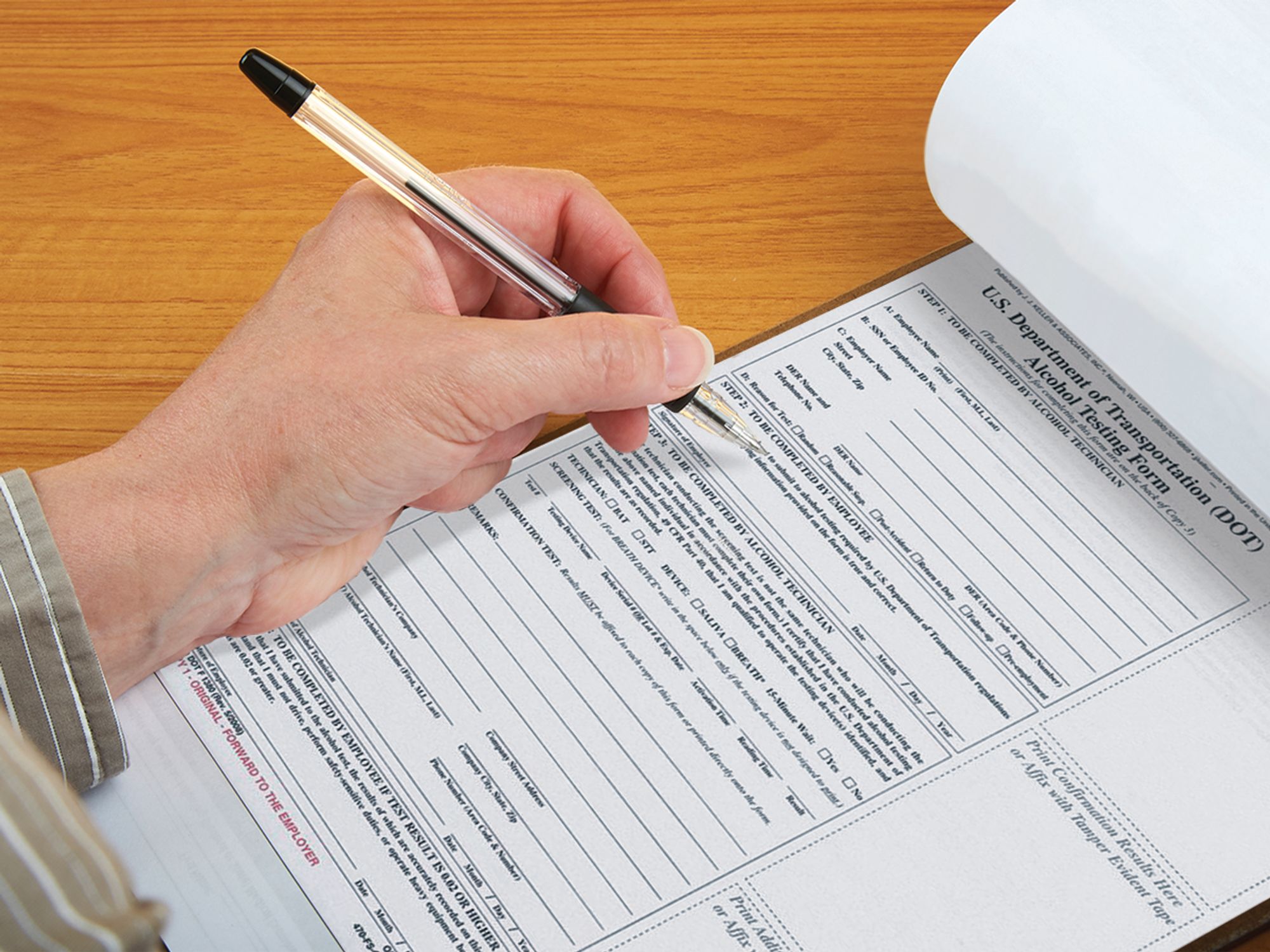InstituteDrug and alcohol policy - Motor CarrierDrug testing - Motor CarrierDrug and Alcohol Testing - DOTTransportationReturn-to-duty drug and alcohol testing - Motor CarrierEnglishFleet SafetyFocus AreaDesignated employer representative (DER) - Motor CarrierSubstance abuse professional (SAP) - Motor CarrierSafety-sensitive function - Motor CarrierAlcohol testing - Motor CarrierAnalysisIn Depth Sub Topics (Level 4)Follow-up alcohol and drug testing - Motor CarrierUSA
Negative return-to-duty test
['Drug and Alcohol Testing - DOT']

- After the DER receives the SAP report and the SAP notes completed steps in the Clearinghouse, drivers are eligible to pass a return-to-duty test.
- A negative test allows the driver to return to performing a safety-sensitive function.
A negative return-to-duty test allows a driver to return to performing a safety-sensitive function after engaging in prohibited behavior under a Department of Transportation (DOT)-drug and alcohol rules. However, as noted earlier, this test cannot be performed until the designated employer representative (DER) receives the of substance abuse professional (SAP) report and the SAP enters the completed steps on the driver’s record in the CDL Drug and Alcohol Clearinghouse.
The return-to-duty alcohol and drug test requirements are summarized below:
- Alcohol test. After engaging in prohibited conduct regarding alcohol misuse, the driver must undergo a return-to-duty alcohol test before performing a safety-sensitive function. The test result must indicate a breath alcohol concentration of less than 0.02.
- Drug test. After engaging in prohibited conduct regarding drug use, the driver must undergo a return-to-duty drug test under direct observation before performing a safety-sensitive function. The test result must indicate a verified negative result for drug use.
